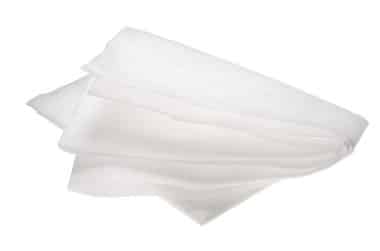Discover the fascinating world of non-woven fabrics through the lens of the industry. Nonwovens, as defined by ISO standard 9092 and CEN EN 29092, represent sheets of fibers, continuous filaments, or chopped yarns bonded together without weaving or knitting. The history of nonwovens is unraveled, tracing their humble origins to recycling fibrous waste and addressing misconceptions about their quality and disposability.
The roots of nonwovens lie in repurposing fibrous waste from industrial processes, driven by raw material restrictions during historical events like World War II and constraints in communist-dominated Central European countries. Despite the initial association with cheap substitutes and disposability, many nonwovens serve durable applications such as interlinings, roofing, geotextiles, automotive components, and more.
Emphasizing that disposability is a testament to efficiency rather than a compromise in quality, the industry highlights that nonwovens, whether used in disposable items or durable applications, showcase high-tech functionalities. They exhibit characteristics such as ultra-high absorbency for wipes, softness, strike-through, and no wetback properties for hygiene articles, outstanding barrier features for medical applications, and superior filtration possibilities.
The journey of nonwovens dates back to the 19th century, with Garnett’s invention of a carding device to repurpose waste fiber for pillow filling. The Garnett Machine, though modified, remains a key component in today’s non-woven industry. The article sheds light on the historical development of non-wovens, from mechanically binding fibers in the 20th century to the modern advancements that surpass Garnett’s initial vision.
Click here to discover Acme Mills’ diverse textile solutions.
Article with all rights reserved, courtesy of textileschool.com










